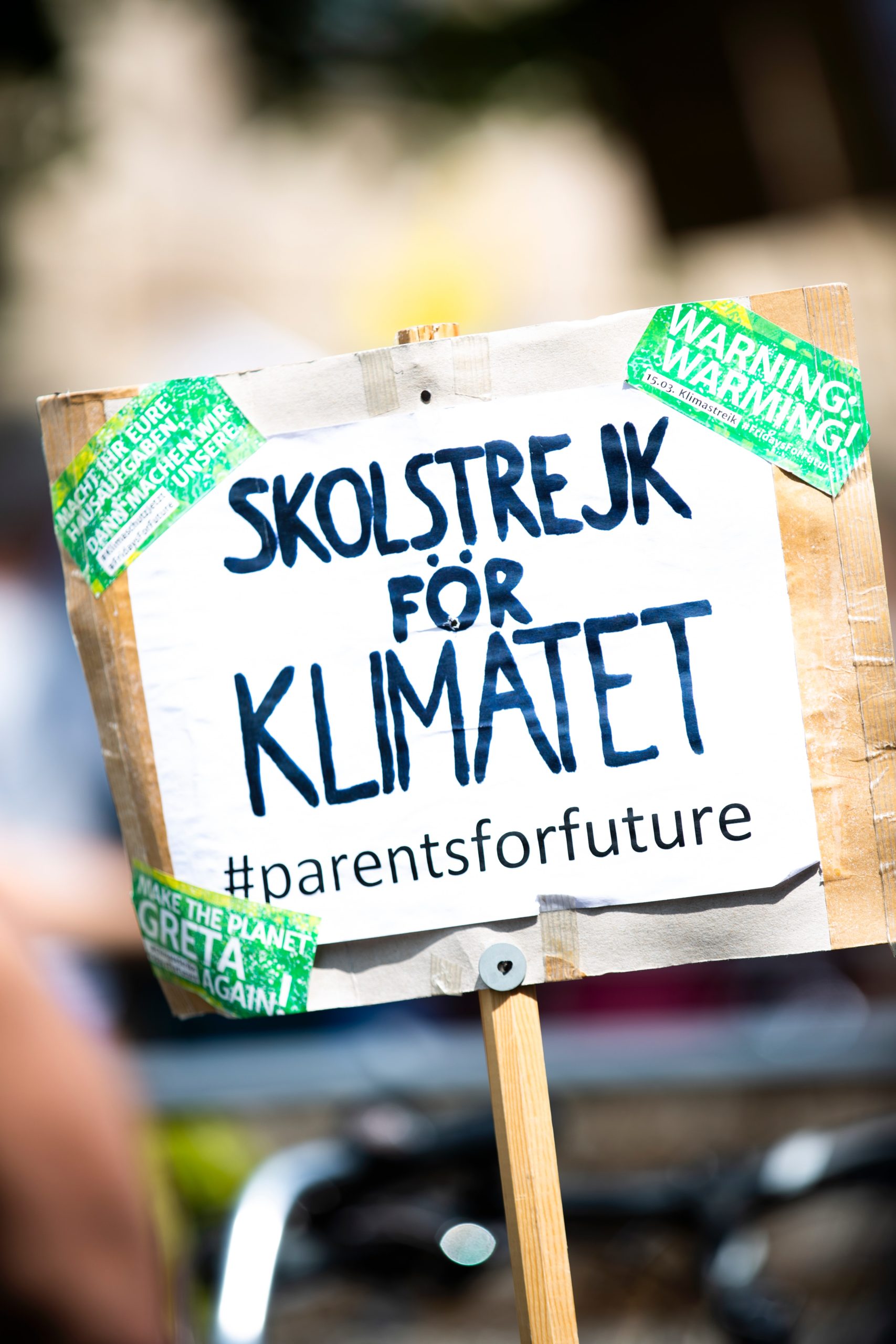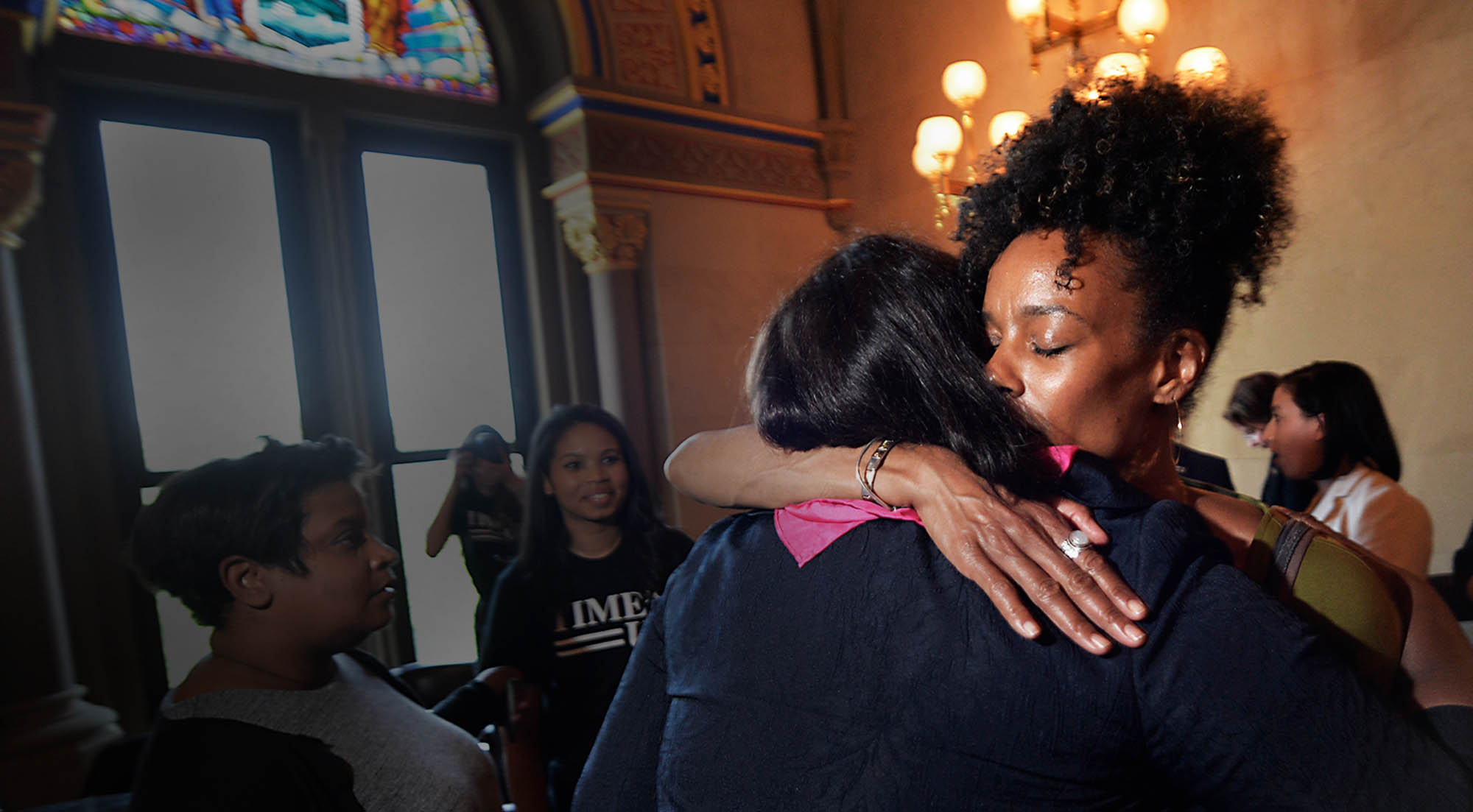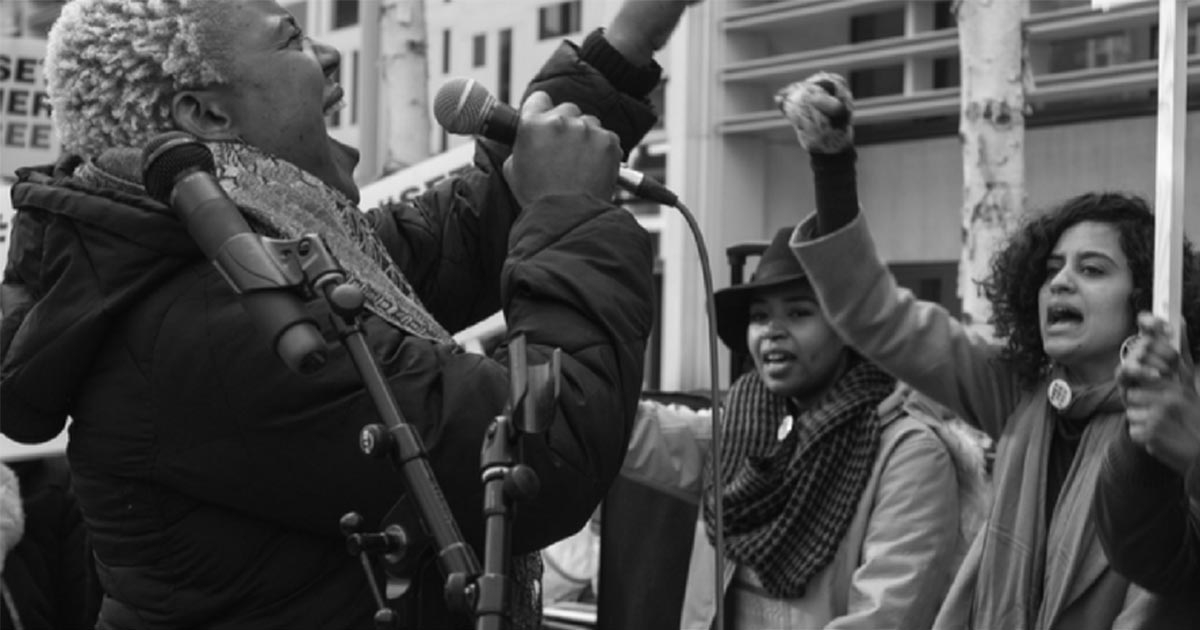What we can learn from the #metoo movement
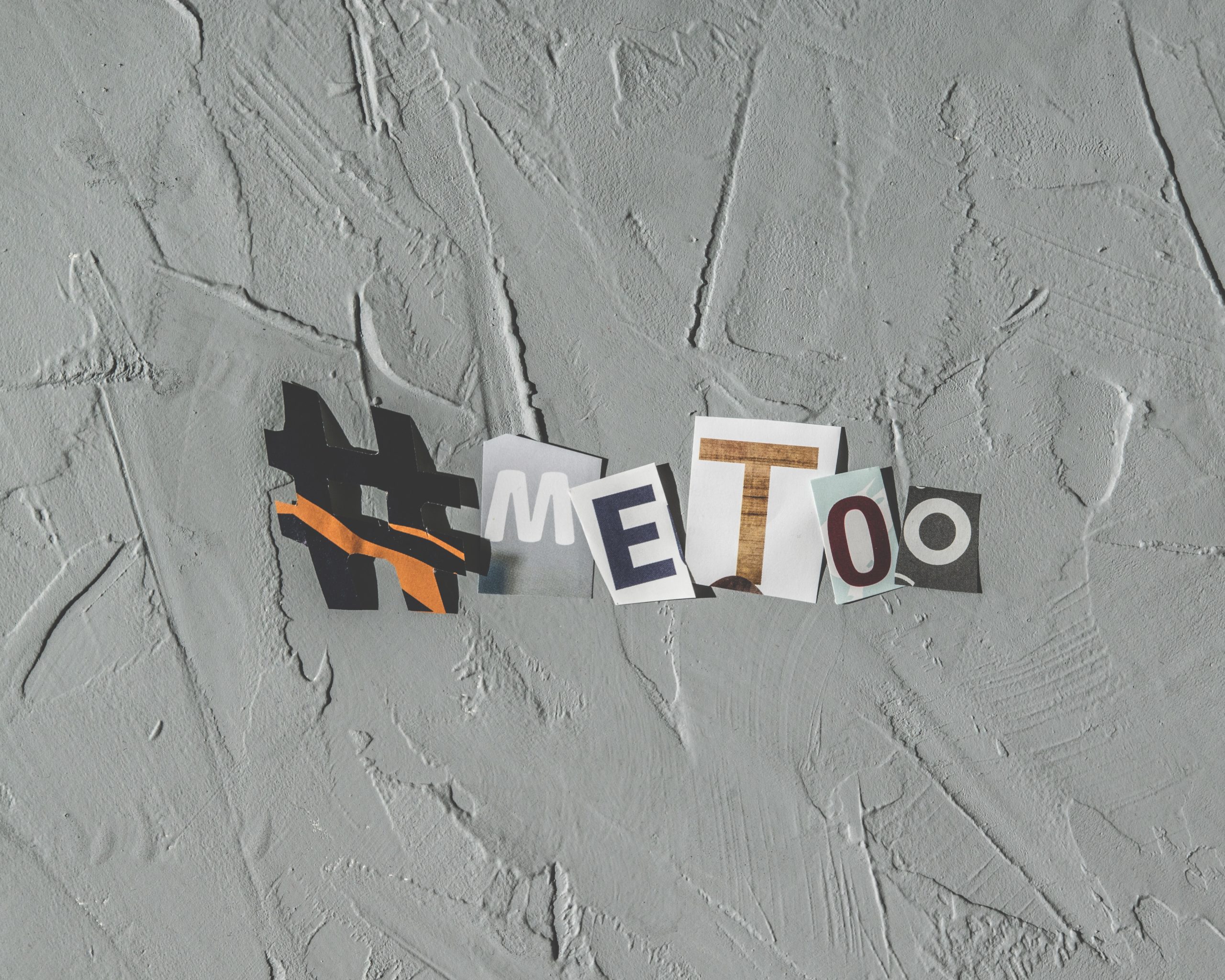
Last month the #metoo movement washed across the globe. A movement that signifies defiance, anger, and solidarity. This movement is the #metoo movement. In the wake of the deluge of allegations against Harvey Weinstein, women from across the world have formed a movement around speaking up against sexual violence and sexual assault. In the last month, millions of voices have joined together to create a powerful force, with the voices of the lived experience at the heart of it.
Let’s take a look at the past month to see how a movement so huge was formed.
It began with shared experiences
10 years ago, activist Tarana Burke coined the term #metoo after a girl confided in her about her experiences of sexual abuse. Tarana, who works particularly with marginalised women, described the phrase #metoo as “about an exchange of empathy…it’s about people knowing that they aren’t alone in those feelings”.
The #metoo movement is hot on the core elements of creating a movement: shared values, shared experiences and shared purpose.
When actress Alyssa Milano tweeted a screenshot of an image stating ‘If all the women who have been sexually harassed or assaulted wrote ‘Me too.’ as a status, we might give people a sense of the magnitude of the problem”, Milano had tapped into a shared experience that was felt by women across the world, namely, of sexual violence and assault. Merged with this is the shared value that women should feel empowered to talk about their assault if they wish. And there’s a shared purpose in this tweet as well, as Milano states: ‘we might give people a sense of the magnitude of the problem’.
These core elements transcend cultural and linguistic barriers, these are what appeal to people’s innermost feelings and beliefs. Hashtags across the world spawned off the #metoo hashtag. From #QuellaVoltaChe, or ‘That time when’ in Italy to #BalanceTonPorc, or ‘snitch on your pig’ in France to #metooCongress to #YoTambien in Spanish speaking communities. A movement of solidarity was being formed as Twitter reported the hashtag was shared over a million times in the first 48 hours.
They took action
The #metoo movement is a testament to the power of social media. Formed predominantly on Twitter, this hashtag has allowed millions of women from across the globe to add their voice to the movement. Enabling people to take action to show their support or involvement in a movement is key to its success. This is the second tier of building a movement.
People were provided with a simple action which allowed them to be part of this movement: tweet your experience and use the hashtag #metoo. The incentive was deeply linked to the shared values of believing in the power of everyone to use their voice to denounce sexual violence. And this engagement had a purpose: to expose the magnitude of sexual violence. While there were some deeply important conversations around whose experiences are being listened to more, the movement did not deviate from its ultimate purpose of exposure.
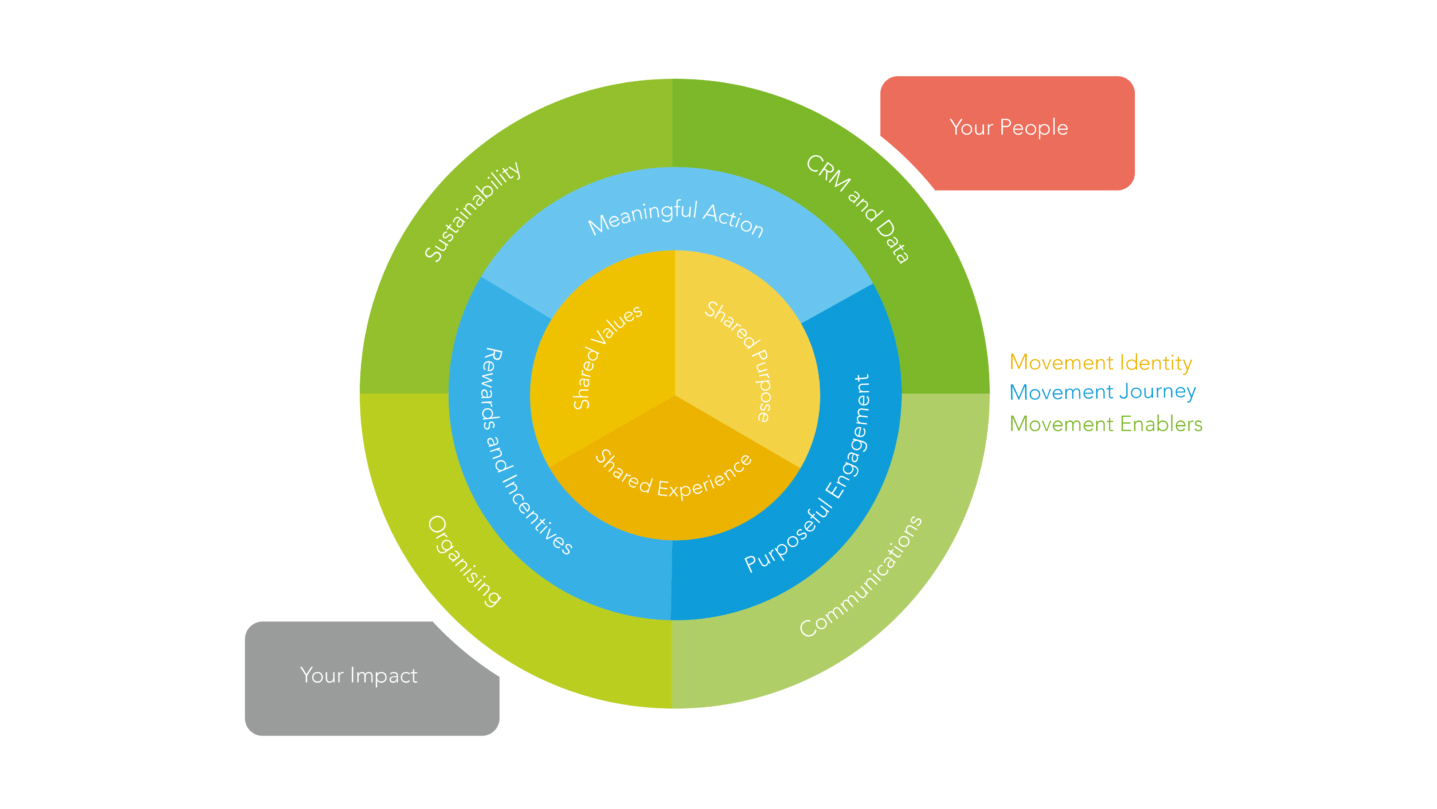
Where to now?
The movement has slowly subsided as the hashtag frenzy fizzles away, and now there is a question of sustainability. Where does this movement go next? We’ve highlighted the stories of the victims, now is it time to do something about the perpetrators? How can this movement harness the power, rage and solidarity of this moment to push for change? And how can the organisations that work in this sector harness this moment to provide opportunities for meaningful engagement beyond this hashtag? This is the final, and often most difficult tier of building a movement. It requires systems, processes and sustained action.
We have high hopes for the future of the #metoo movement. In the last month we’ve seen discussions of sexual assault and violence dominate the media in a way I have never seen before in my lifetime. From Hollywood to Parliament to our friends and neighbours – no stone is being left unturned. We’re already seeing an increase amount of reporting of rape and sexual assault and we’re seeing prominent figures being held responsible for their actions. This is the beginning of a movement which calls for an end to rape and sexual assault – and we need to keep it up.
Sign up to our newsletter for more insights and news from the world of social change
![Download The Movement Building Canvas [Free Resource]](https://no-cache.hubspot.com/cta/default/9184296/13c7001c-ce16-426c-9dd7-c29a8c6caac9.png)
